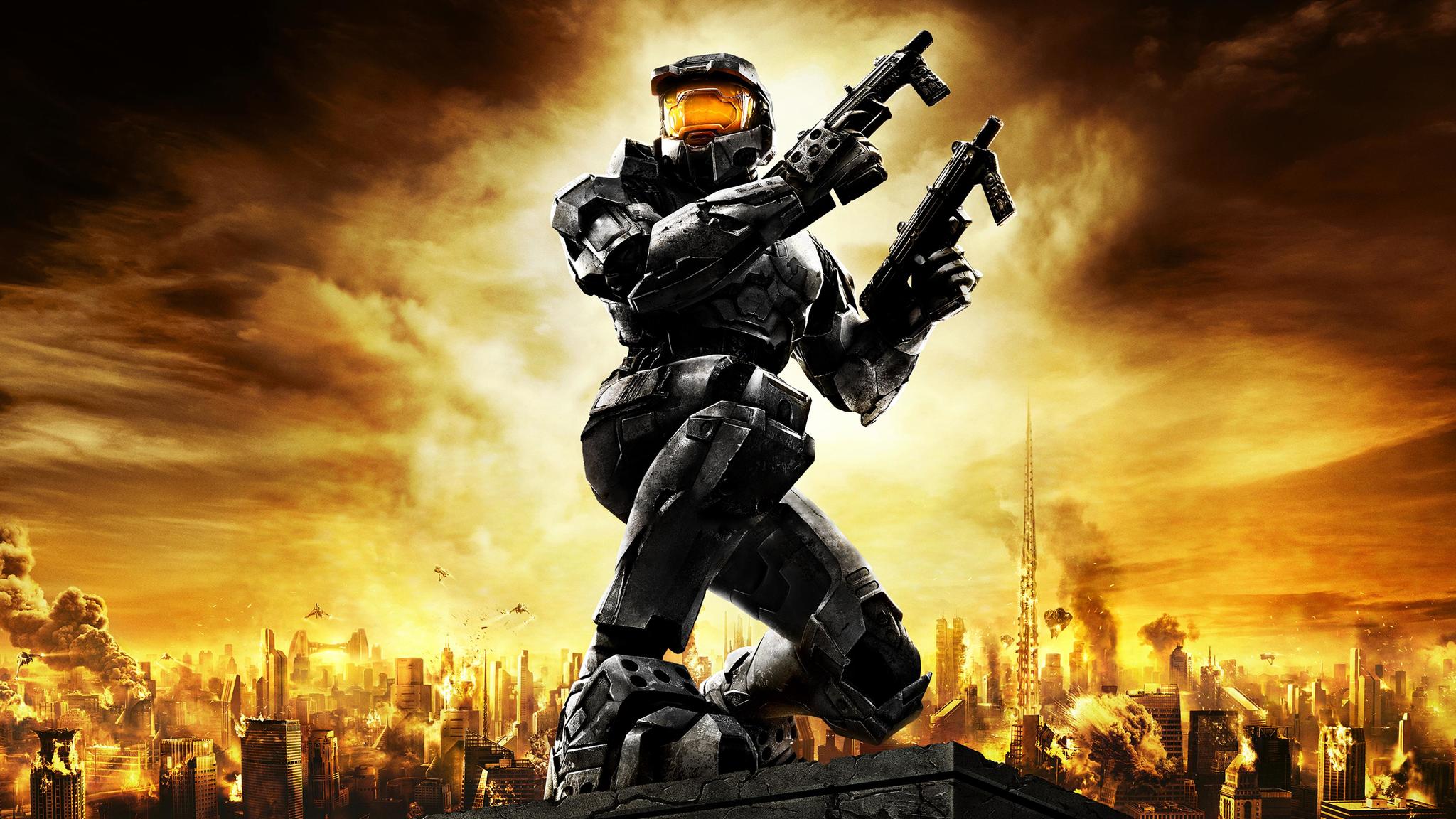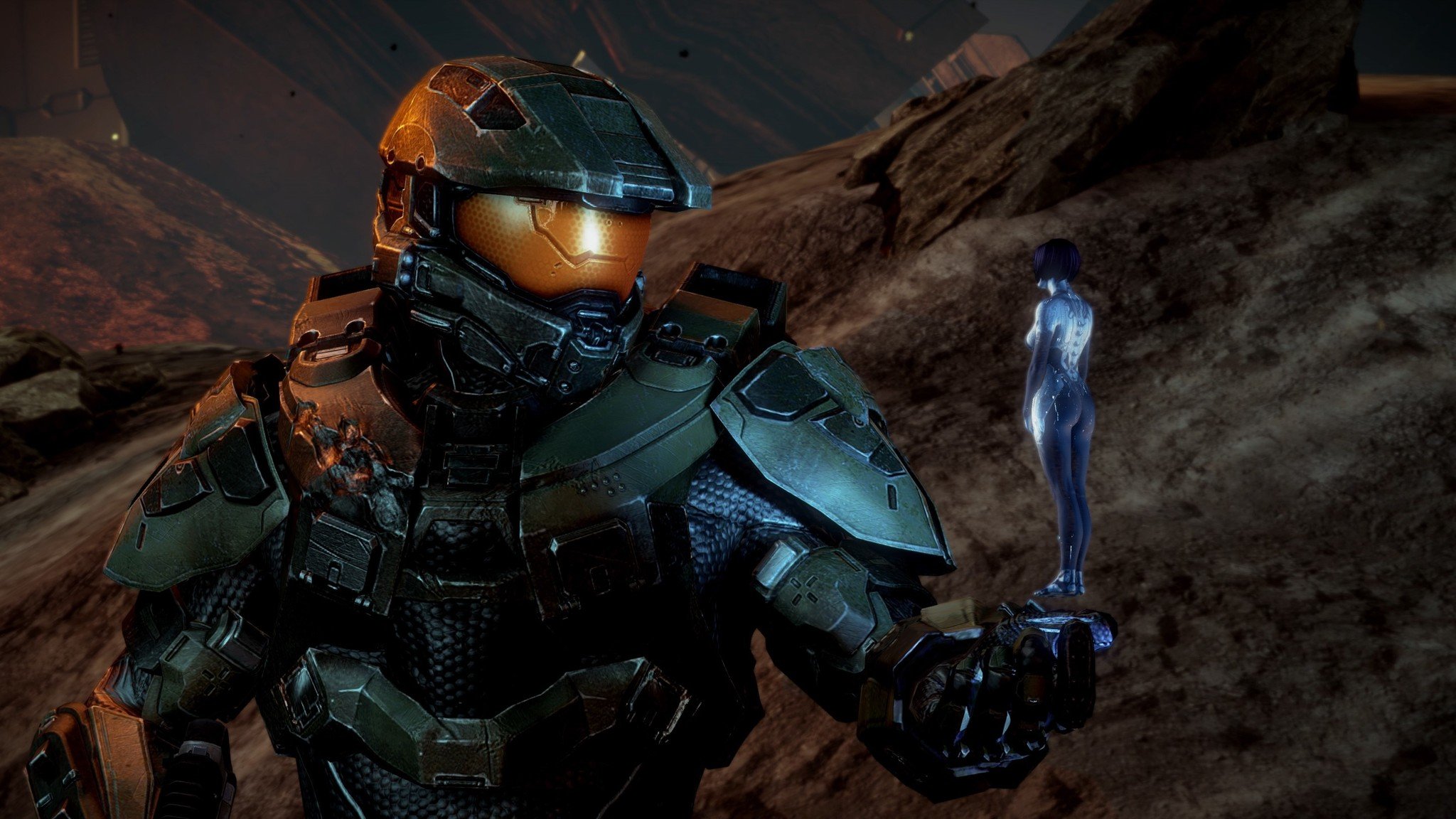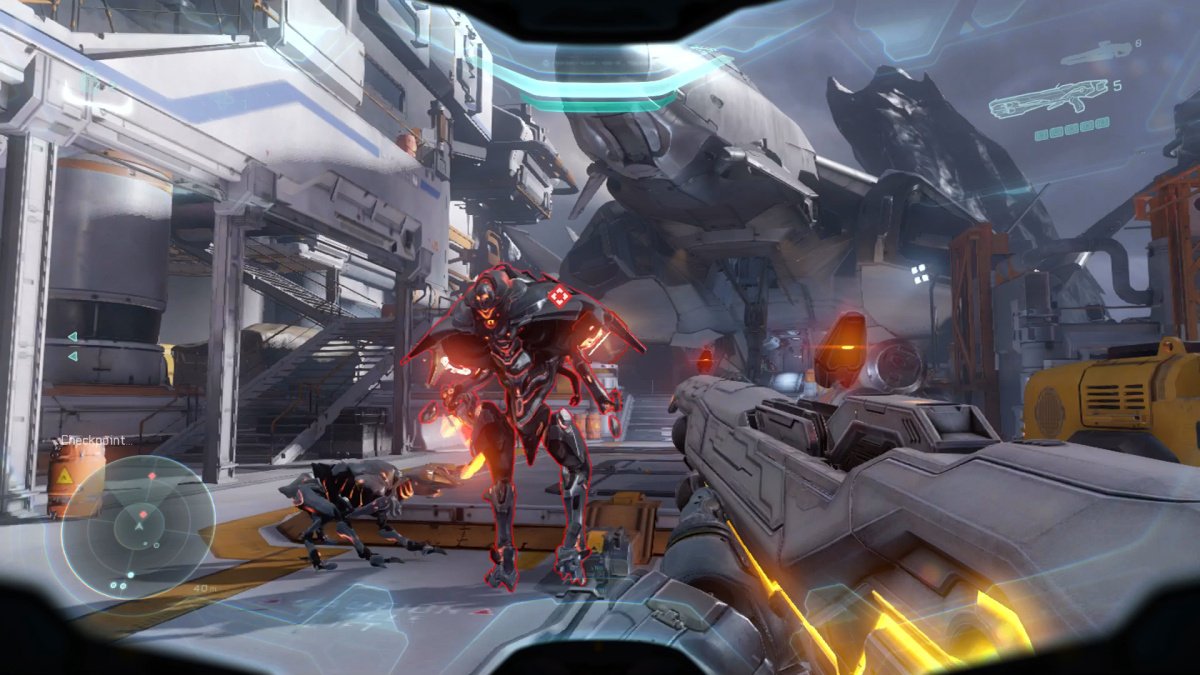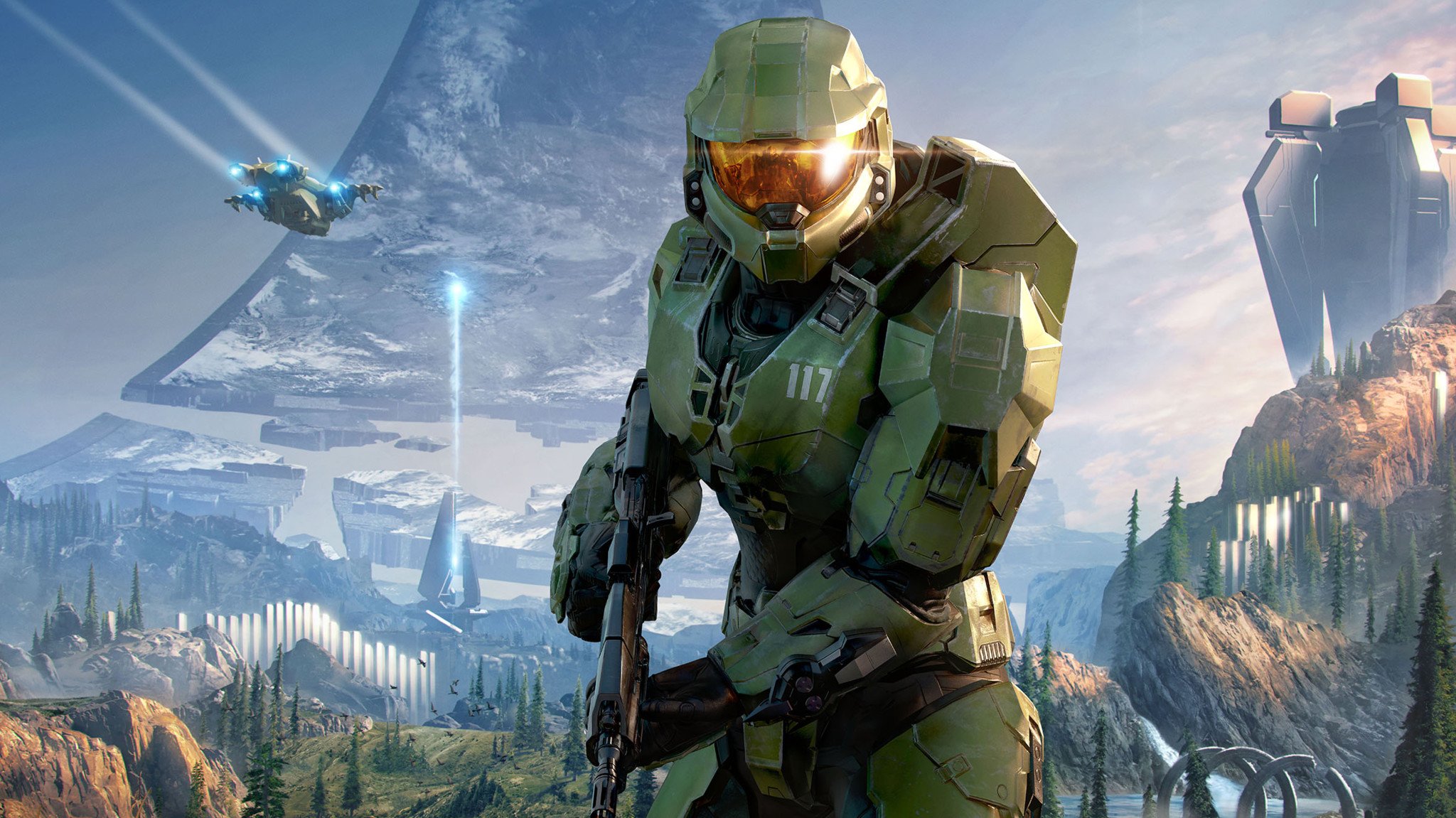
The Halo series has been thriving and achieving great heights since its debut, showing no signs of stopping. First introduced by Steve Jobs at MacWorld in the ’90s and subsequently owned by Microsoft, Halo made a grand entrance in 2001 with Halo: Combat Evolved on the original Xbox, significantly upgrading first-person shooter games on consoles. Its successor, Halo 2, pushed the boundaries of multiplayer gaming, especially on console platforms.
In 2007, the release of Halo 3 on Xbox 360 marked a groundbreaking moment for gaming, building upon the already significant influence of Halo: Combat Evolved and Halo 2. Microsoft hailed it as the biggest day in entertainment history, raking in $170 million in US sales on its debut day (as reported by CNET). However, even with this impressive success, developer Bungie yearned for independence and eventually teamed up with Activision to launch a new franchise. Before leaving Microsoft, they honored their obligations by putting out Halo 3: ODST in 2009 and Halo: Reach in 2010.
Initially, both ODST and Reach were warmly accepted, but Bungie’s concluding work brought a significant change in the Halo series. Halo: Reach introduced armor abilities, among other features, which significantly transformed the conventional gameplay structure of the franchise. Although the alterations were made, it remains a cherished game, often viewed as Bungie’s heartfelt farewell to fans.
After Bungie left, the duty to manage Halo was taken over by 343 Industries, a studio founded in 2007 with the purpose of carrying on the franchise. They started by revamping Halo: Combat Evolved in 2011 before releasing their first independent game, Halo 4, in 2012 – signaling the start of a new phase for the series. However, for some fans, this marked the commencement of a downward spiral for the entire series.
What went wrong?

Halo 4 received largely favorable criticism upon release, with critics particularly admiring its compelling storyline and the complex relationship development between the protagonist, Master Chief, and his AI ally, Cortana, as she neared a destructive AI condition called rampancy. Despite the game’s narrative being well-received by fans, some felt that it strayed from its core theme with its galaxy-ending conflict.
The main problems with Halo 4 were primarily found within its multiplayer features. Instead of pioneering new trends, it mimicked popular ones from other shooting games. Consequently, its player base significantly decreased within a year, as many players opted to revert back to Halo 3 and Halo: Reach for their multiplayer experience. Moreover, the radical change in the game’s visual aesthetic was met with mixed reactions, and the debut of the Prometheans as a new enemy faction faced harsh criticism due to its lack of appeal both in combat dynamics and overall flavor.
In the year 2013, Don Mattrick presented the Xbox One, and then in 2014, it was announced that Halo: The Master Chief Collection would be available for the console. This collection was touted as the best way to experience every game featuring Master Chief, with a fully remastered Halo 2 serving as a major selling point. However, despite the grand plans, the Master Chief Collection (MCC) launched in 2014 in a shambolic state — filled with bugs, broken multiplayer, and non-operational online co-op. To apologize for these issues, 343 Industries later included Halo 3: ODST in the collection at no extra cost, but the game continued to suffer from problems until its PC release in 2019, which also introduced Halo: Reach to the collection.
343 Industries saw Halo 5: Guardians as their chance to shine, overcoming past difficulties. The game’s promotional strategy, Hunt the Truth, drew fans in with intriguing podcast episodes that hinted at a thrilling storyline where Master Chief appeared to be going against the grain and was being pursued by Spartan Locke.
The advertising effort for Halo 5 in 2015 is still often fondly recalled, but it ended up not accurately portraying the final product. While critics initially praised it, fans were less understanding. The narrative was complex, necessitating a deep understanding of additional background details, and modifications to gameplay mechanics, like transitioning from armor abilities to Spartan abilities, left long-time players feeling disconnected.

As a tech enthusiast and long-time Halo fan, I must admit my disappointment with Halo 5: Guardians. Compared to its predecessors, it seemed to have underdelivered at launch, missing staple features like split-screen, Forge, and Big Team Battle. The gameplay felt dramatically different, faster paced, almost unrecognizable – a shift that didn’t sit well with the community. To add insult to injury, Halo 5 was the first installment in the franchise to incorporate microtransactions, which didn’t go down too smoothly.
Sadly, Halo 5’s player base followed a similar trajectory to Halo 4’s, but maybe not to the same drastic degree.
343 Industries decided to abandon their original plan for continuing the story of Halo 5 due to the negative reception, and instead, they’ve chosen to concentrate on a new installment in the series – Halo Infinite.
At E3 2018, Infinite made its first appearance, igniting excitement among fans as it returned to a familiar Halo battlefield setting. As the years progressed, enthusiasm built up in 2019 with an awe-inspiring cinematic teaser hinting at a return to Halo’s core elements. However, gameplay was still kept under wraps. When the long-awaited gameplay reveal finally came in 2020, the mechanics showed potential, but some graphical issues sparked varied responses among viewers.
After facing criticism, 343 Industries chose to postpone the game release to 2021 in order to enhance its overall quality. Updates had been limited, but E3 2021 proved to be a significant milestone. Enhanced graphics, brief campaign previews, and the return of Joseph Staten instilled confidence among fans, raising expectations yet again.
Halo Infinite made an audacious move by turning its multiplayer mode into a free-to-play experience, while introducing a distinctive battle pass system that lets players advance at their own pace through any purchased pass. The contentious REQ system from Halo 5 was abolished, but the cherished Big Team Battle stage returned in grand fashion. Concerns about monetization were alleviated when 343 Industries pledged a fair balance between cosmetic items that can be earned and those that can be bought. With a fresh emphasis on weaponry and gameplay sandbox, Halo Infinite seemed to mark the long-awaited resurgence of the franchise’s classic style.
Although it had a robust base, Halo Infinite faced similar challenges as MCC and Halo 5, such as incomplete features, glitches, and technical hurdles. These issues impeded the game from fully realizing its potential.
The future of Halo

It’s clear that the Halo franchise is grappling with a sense of self. For more than ten years, it has veered off in various directions – trying to keep up with trends in Halo 4 and Halo 5, then attempting to retrace its steps with Halo Infinite. However, with Master Chief Collection no longer receiving updates and Halo Infinite struggling to hold onto players, the question arises: what’s in store for the franchise moving forward?
In response to changes in the gaming world, Microsoft is growing more amenable to making its exclusive games available on other systems. This week alone, Forza Horizon 5 was unveiled for PlayStation, and there’s talk that Halo could join it soon.
Critics might view Halo appearing on PlayStation as blasphemous, but it might just be the move that revitalizes the franchise for mainstream popularity again. The maintenance for Master Chief Collection ended in 2023 because there wasn’t enough income at the newly named Halo Studios (previously known as 343 Industries). Historically, Halo has been a console-centric series, and releasing it on PS5 and Nintendo Switch 2 could give the game a fresh start, generating profits to finance much-desired updates. These might encompass long-awaited features like mod support on consoles, making it easier for players to incorporate their custom games into the browser, as well as many other improvements.
As a devoted fan, I’m eagerly anticipating the upcoming projects from Halo Studios that they’ve started to hint at. The buzz is strong about a potential remake of Halo: Combat Evolved, along with a possible standalone multiplayer game. It’s intriguing to ponder whether Halo will continue to be a dominant force in the gaming world, capable of challenging giants like Call of Duty, or if it needs to reclaim its past glory. Restoring trust among fans and offering something unique to players who are currently captivated by games such as Fortnite, Apex Legends, and Valorant will be no small feat for Halo Studios. They’ll need to strike a delicate balance between staying true to the essence of the franchise and delivering fresh experiences that keep up with modern trends.
However, as Kurt-051 once put it in the book ‘Halo: The Ghost of Onyx’, “Spartans may not perish; they’re merely temporarily absent.
Read More
- Gold Rate Forecast
- PI PREDICTION. PI cryptocurrency
- SteelSeries reveals new Arctis Nova 3 Wireless headset series for Xbox, PlayStation, Nintendo Switch, and PC
- Masters Toronto 2025: Everything You Need to Know
- WCT PREDICTION. WCT cryptocurrency
- Guide: 18 PS5, PS4 Games You Should Buy in PS Store’s Extended Play Sale
- LPT PREDICTION. LPT cryptocurrency
- Elden Ring Nightreign Recluse guide and abilities explained
- Solo Leveling Arise Tawata Kanae Guide
- Despite Bitcoin’s $64K surprise, some major concerns persist
2025-02-05 22:40